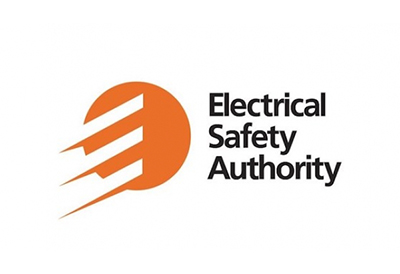Ontario Introducing ‘Green Button’ for Consumers to Track Energy Usage

November 5, 2021
Ontario is providing families and businesses more control over their electricity and natural gas bills with the introduction of a new Green Button standard that will allow them to track their energy use, reduce bills and save money. Studies have found that easy access to energy data, which Green Button, along with smart home devices, can help consumers make informed decisions and achieve energy savings of up to 18 percent. Ontario will become the first province in Canada to mandate the standard.
“Families and businesses want to be in the driver’s seat when it comes to their energy bills,” said Todd Smith, Minister of Energy. “Green Button is part of our commitment to give consumers more choice when it comes to their energy use and will enable easy and quick access to their consumption data through smartphone or computer apps so they can find customized tips to reduce energy use or switch electricity price plans to save money.”
As of November 1, 2021, the government is requiring nearly all regulated Ontario electricity and natural gas utilities to provide Green Button to their customers within twenty-four months. This builds on progress made by London Hydro and Festival Hydro, which voluntarily offer Green Button to their customers, which gave families and businesses in their regions the first opportunity in Ontario to find additional savings on their bills using this method.
Green Button lets customers download their natural gas and hourly electricity data in a standardized format from their utility and authorize the secure transfer of this data to applications of their choice. This real time data can then be accessed on their smartphone or computer. These apps can also analyze the energy data and provide customers with helpful energy-saving tips to reduce their energy bills and personalized retrofit options to achieve long-lasting savings.
“The Green Button standard ushers utilities into the modern technology era of open utilities, increased customer choice, and uniform energy management services for the benefit of customers,” said Vinay Sharma, CEO of London Hydro. “Indeed, Green Button will manifest the true benefits of smart meter systems for customers.”
“Secure and automated access to energy data through Ontario’s Green Button program will empower consumers to make affordable, climate-friendly decisions for their homes and businesses,” said Julia Langer, CEO of The Atmospheric Fund.
“Festival Hydro has been collaborating with London Hydro to enhance their online customer engagement solutions since 2017” said Jeff Graham, CEO of Festival Hydro. The collaboration included launching MyFestivalHydro powered by Green Button – a standard, easy-to-use platform for customers to access and take charge of their energy usage data. “By working together, we have recognized cost efficiencies while providing our customers more online service options…with more to come in the future”.
Quick Facts
- Green Button first became available in 2012, and prior to the new regulatory requirement, offering it to customers was voluntary in Ontario for electricity and natural gas utilities.
- In 2015 London Hydro became the first Ontario utility to provide Green Button to their customers. Since it’s launch, 160,000 electricity and 106,000 water London Hydro customers have utilized Green Button.
- When choosing an electricity billing structure, if a customer limits their consumption to non-peak hours, during evenings and weekends, TOU pricing may be their preferred rate plan. If customers consume most of their electricity during weekday hours, tiered pricing may be a better option for them.
- Energy customers in Ontario who are served by utilities that have fully implemented Green Button have access to a wide range of applications that are tailored to their individual needs. As more utilities in Ontario implement Green Button, new applications are expected to be developed to serve all types of customers, including residential, commercial, and industrial energy users.

















